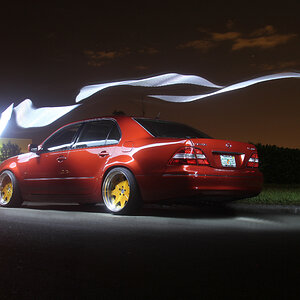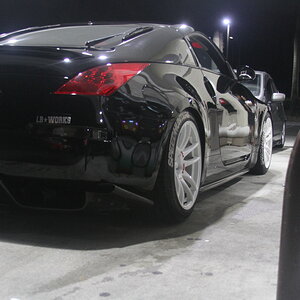Cortian
No longer a newbie, moving up!
- Joined
- Jan 1, 2018
- Messages
- 503
- Reaction score
- 209
- Location
- S.E. Michigan, USA
- Can others edit my Photos
- Photos OK to edit
Thanks for the composition hints.At least some of the issue with the exposure is the angle you're facing the sun. There's lens flare upper right and I can tell the way the shadows are going... if you're facing that much toward the sun, try standing where you can get the sun behind a tree trunk, sometimes that works. Or wait til the sun is at a different angle, or move around to get it from a different angle.
The long shadows on the snow are interesting but could have worked better in the composition if they were in the frame more and not so cut off.
I was probably trying to do too much at once. I wanted to get all the snow effects--the overall brightness of it, the snow everywhere, and the shadows, too. So my framing was a compromise.
I could have moved about 25-30 feet west, which probably would've solved the problem with the angle of the sun, but then I wouldn't have gotten the barn door in.
I may try just the shadows on the snow tomorrow... if it really is sunny and if the local wildlife continues to leave it undisturbed.


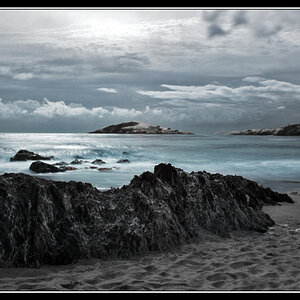
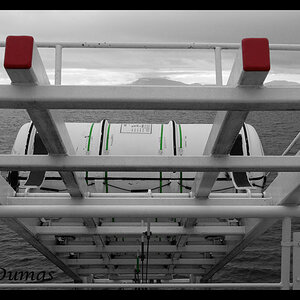
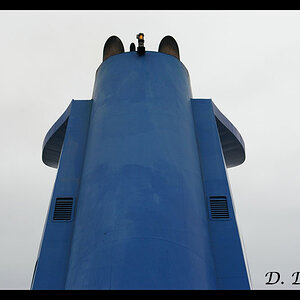
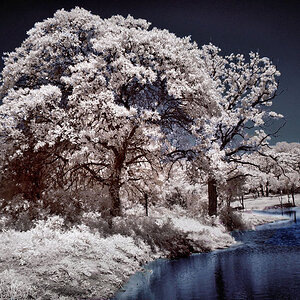
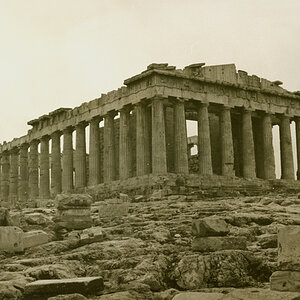

![[No title]](/data/xfmg/thumbnail/34/34148-864c8cb333c478b2dfb9e369908dc329.jpg?1619736320)

